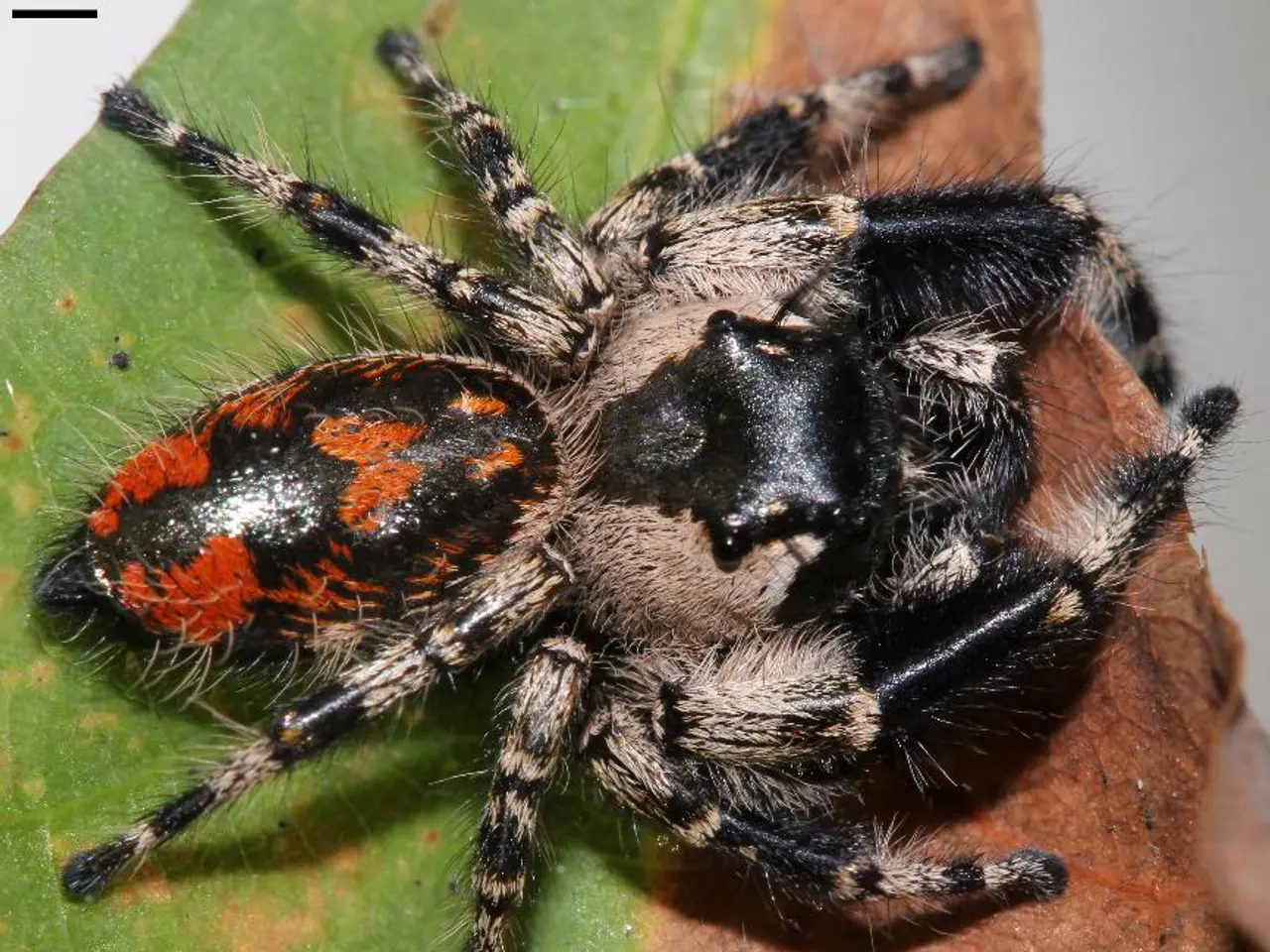Understanding Spider Veins: A Comprehensive Look at Their Nature and Characteristics
In the world of skincare, spider veins, also known as telangiectasias, can be a common concern. These small, dilated blood vessels that resemble a spider's web or tree branches can appear on various parts of the body, with the legs, face, and feet being the most common areas.
While spider veins are generally harmless, they can cause discomfort and may affect one's confidence. Fortunately, there are several home remedies and preventive measures that can help manage their appearance.
One of the most straightforward ways to combat spider veins is by maintaining a healthy lifestyle. This includes staying hydrated and consuming a diet rich in antioxidants. Drinking plenty of water helps maintain healthy skin and vessel walls, while foods rich in vitamin C, vitamin E, and bioflavonoids, such as citrus fruits, leafy greens, and berries, support vascular health.
Regular exercise is another key factor. Engaging in low-impact activities like walking, cycling, or gentle stretching encourages blood flow and prevents pooling in veins. It's also essential to avoid prolonged periods of sitting or standing, as this can contribute to the development of spider veins. Taking frequent breaks to move around and elevate your legs can help alleviate pressure on veins.
Compression stockings are another effective tool in managing spider veins. These medical-grade stockings provide support and improve circulation by applying graduated pressure. Wearing them can help prevent the formation of new spider veins and reduce the appearance of existing ones.
Home remedies like apple cider vinegar, horse chestnut extract, and essential oils such as lavender and cypress can also help. Apple cider vinegar, when diluted and applied to the affected areas, can improve blood circulation and reduce the appearance of spider veins. Horse chestnut extract, available in cream or capsule form, can help strengthen blood vessels and improve circulation, reducing swelling and discomfort associated with spider veins. Essential oils, when mixed with a carrier oil and massaged into the affected areas, can promote circulation and reduce the appearance of spider veins.
However, it's important to remember that while these remedies can help manage symptoms, they do not eliminate spider veins. For more effective and lasting results, consider consulting a healthcare professional for treatments like sclerotherapy or laser therapy.
It's also crucial to understand the causes and risk factors associated with spider veins. Genetics, hormonal changes, sun exposure, obesity, prolonged sitting or standing, and pregnancy can contribute to their development. Seeking medical advice is recommended if you experience severe pain, changes in colour, or bleeding in spider veins.
In conclusion, managing spider veins involves a combination of lifestyle changes, home remedies, and, when necessary, professional treatments. By staying informed and proactive, you can take steps to prevent and manage these common skin concerns.
In the realm of health-and-wellness, maintaining a diet rich in antioxidants, such as vitamin C, vitamin E, and bioflavonoids found in citrus fruits, leafy greens, and berries, supports vascular health, which is beneficial for managing spider veins. Additionally, science continues to explore the benefits of natural remedies like apple cider vinegar, horse chestnut extract, and essential oils like lavender and cypress, which are thought to promote circulation and improve the appearance of spider veins.




